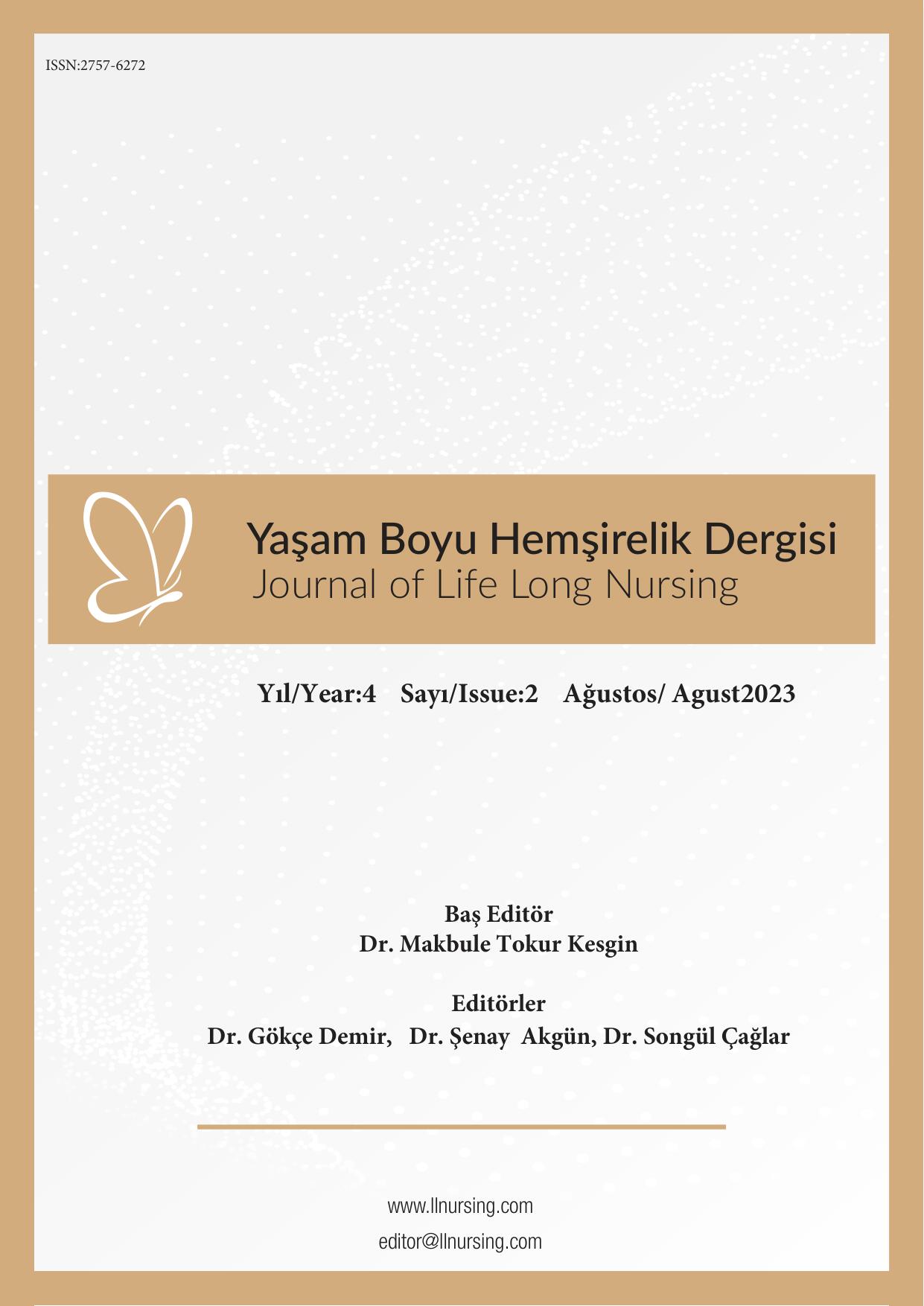Author :
Abstract
|
Amaç: Bu araştırmanın amacı; entegre ve klasik hemşirelik eğitimi alan öğrencilerin NANDA I tanılarına ilişkin tutum düzeylerini belirlemektir. Yöntem: Nicel araştırma yönteminin tanımlayıcı deseni kullanılmıştır. Kayseri ilinde bulunan devlet ve vakıf üniversitelerinin farklı eğitim modelleri ile öğrenim gören, hemşirelik bölümlerinin ikinci, üçüncü ve dördüncü sınıfa devam eden 384 hemşirelik öğrencisi araştırmanın örneklemini oluşturmuştur. Veriler, araştırmacılar tarafından oluşturulan “Hemşirelik Öğrencilerini Tanılama Formu” ve “Hemşirelik Tanıları Hakkındaki Görüşler Ölçeği” (HTHG) ile toplanmıştır. Verilerin analizinde, betimsel istatistikler, ortalama, standart sapma, ranj, çarpıklık ve basıklık ile yapılmıştır. Çıkarımsal istatistiklerde, bağımsız örneklemler t-testi ve varyans analizi (one way ANOVA) kullanılmıştır. Bulgular: Öğrencilerin, %70.6’sı kadın, % 29.40’ı erkeklerden oluşmaktadır. Erkek öğrencilerin HTHG ölçek toplam puan ortalamaları kadın öğrencilerin puan ortalamalarından daha düşük ve aralarındaki fark istatistiksel olarak anlamlı bulunmuştur (p<0.001). Sonuç: NANDA hemşirelik tanılarına yönelik öğrencilerin çoğunluğunun yüksek, çok yüksek ve mükemmel düzeyinde tutuma sahip oldukları sonucuna ulaşılmıştır.
|
Keywords
Abstract
|
Aim: The aim of this research; The aim of this study is to determine the attitude levels of students who receive integrated and classical nursing education towards NANDA I diagnoses. Method: The descriptive design of the quantitative research method was used. The sample of the study consisted of 384 nursing students studying in the second, third and fourth year of nursing departments of state and foundation universities in Kayseri with different education models. The data were collected with the "Identification Form for Nursing Students" and the "Opinions on Nursing Diagnoses Scale" (HTHG) created by the researchers. In the analysis of the data, descriptive statistics were made with mean, standard deviation, range of scores, skewness and kurtosis. Independent samples t-test and one-way ANOVA were used in inferential statistics. Results: 70.6% of the students were female and 29.40% were male. The mean HTHG scale total score of male students was lower than the mean score of female students, and the difference between them was statistically significant (p<0.001). Conclusion: It was concluded that the majority of students had high, very high and excellent attitudes towards NANDA nursing diagnoses. |





